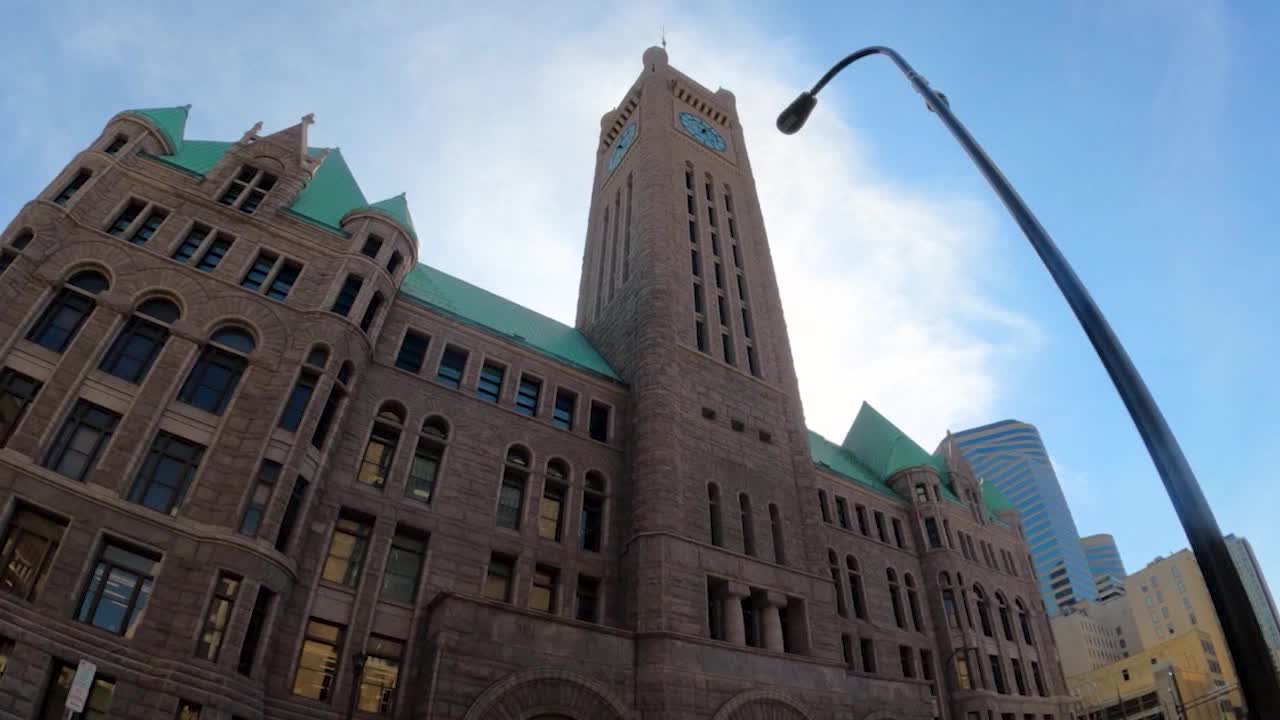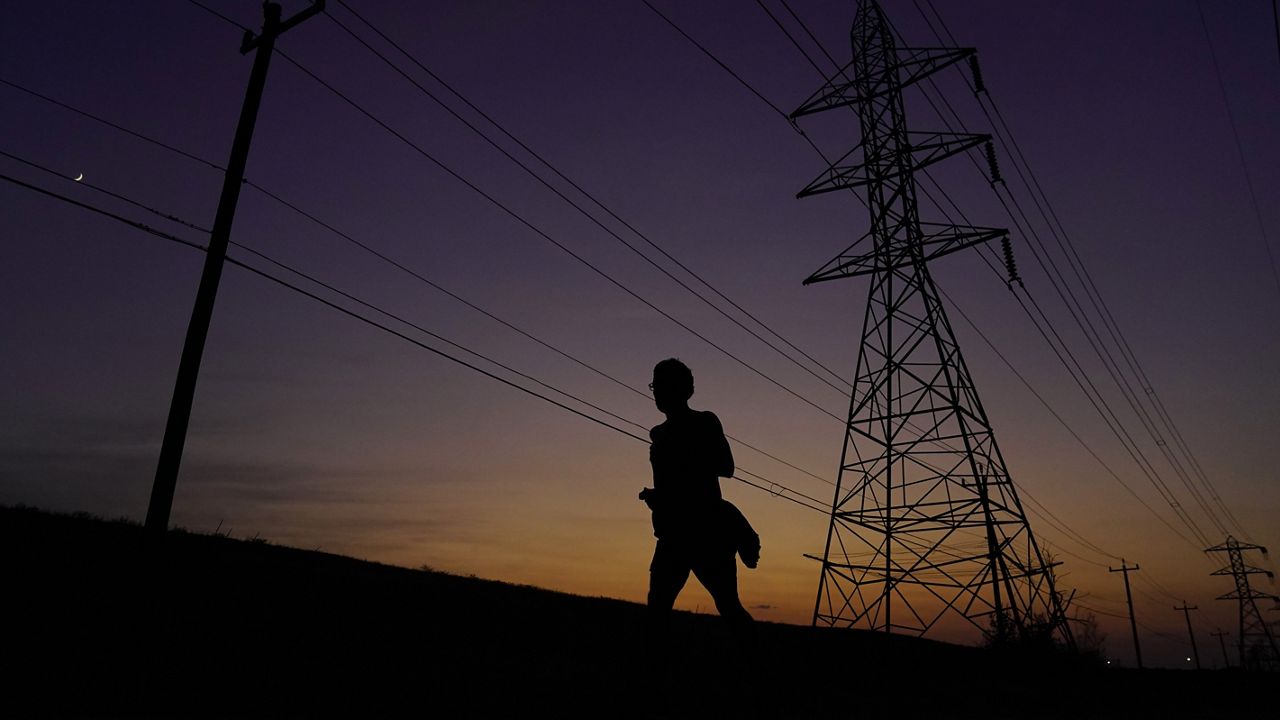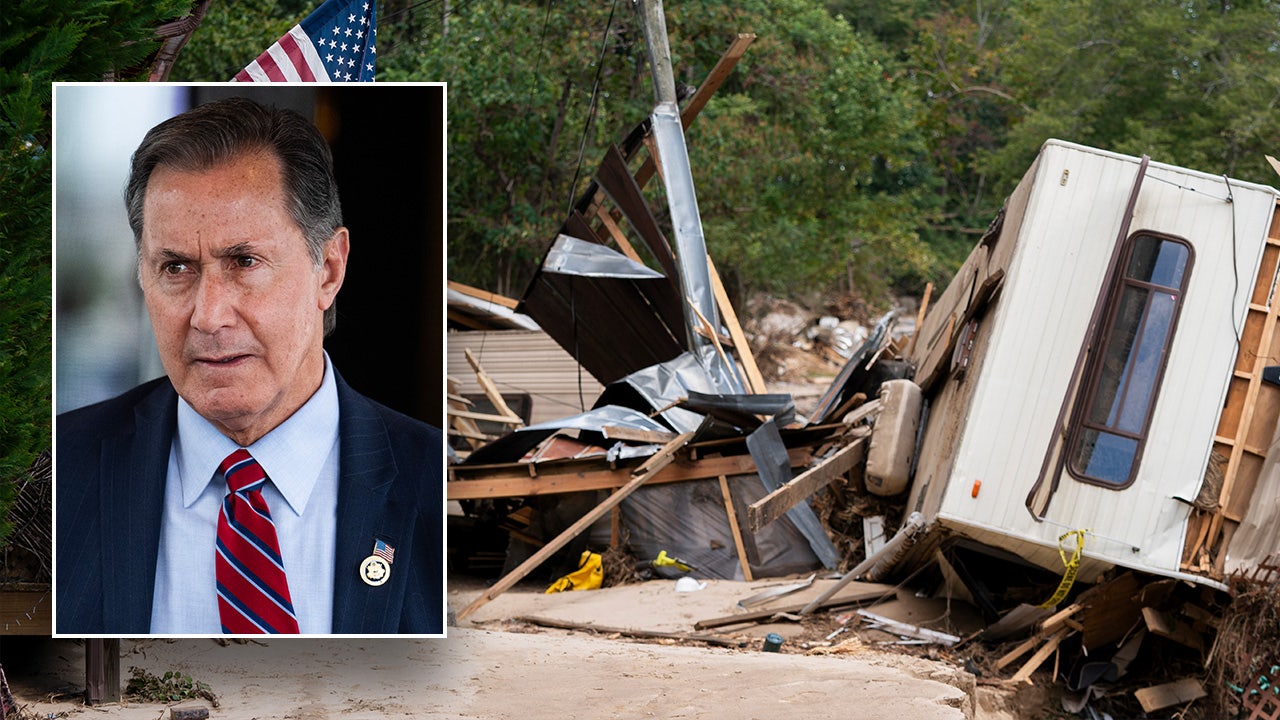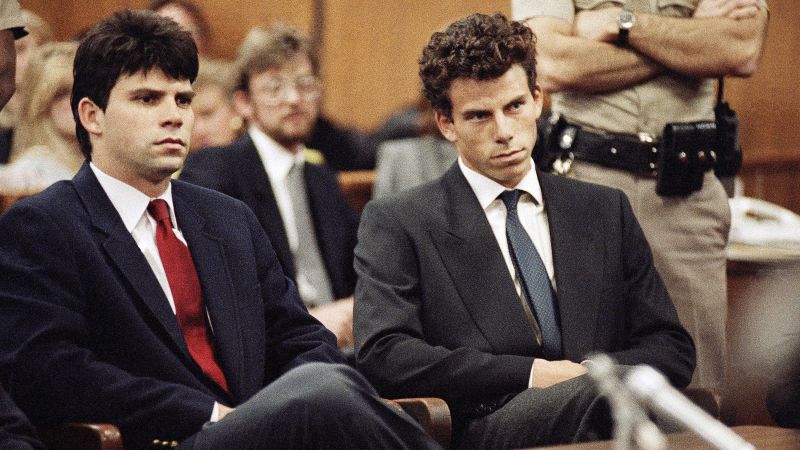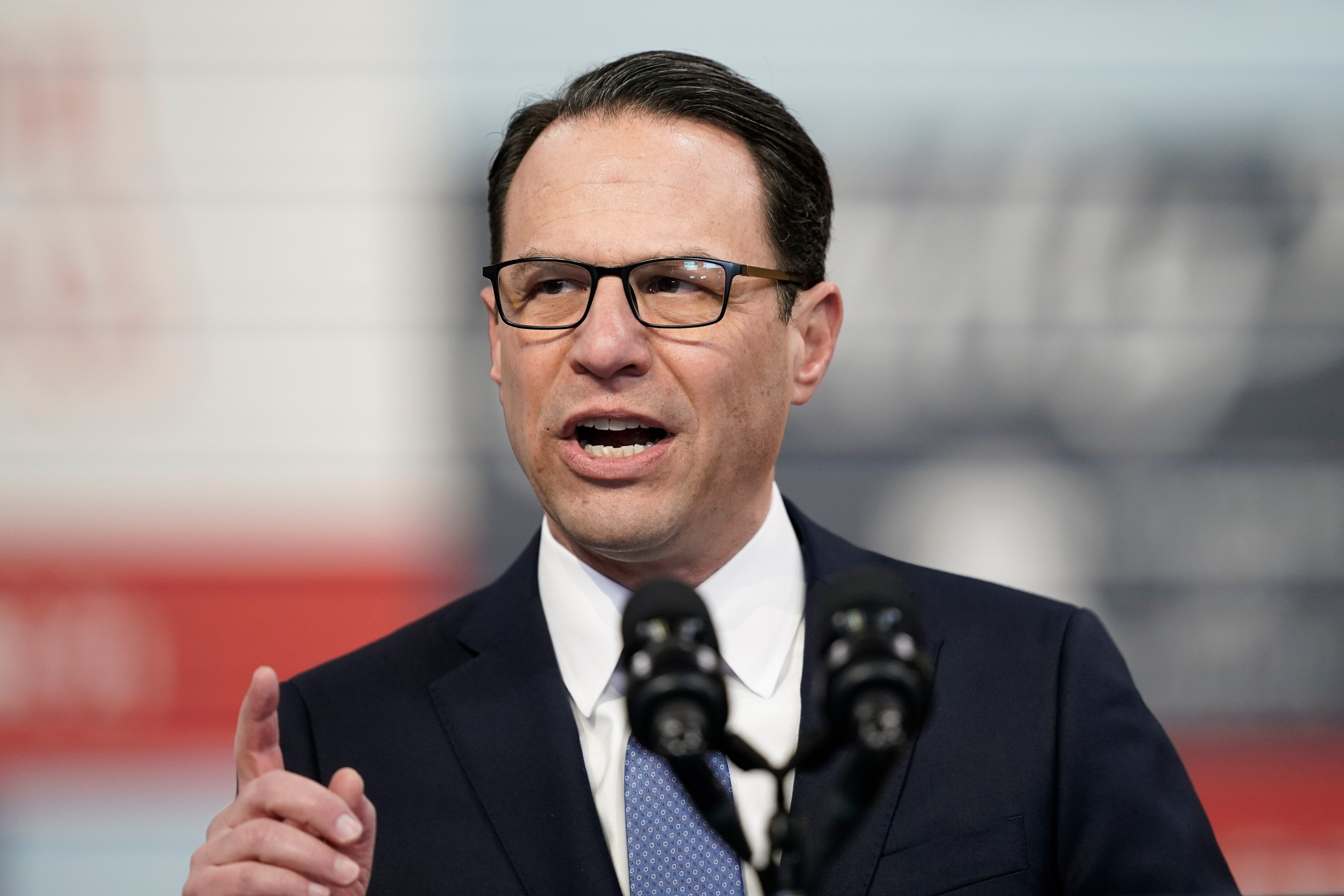Utah
Utah’s recreation economy is booming, reaping benefits for all
/cdn.vox-cdn.com/uploads/chorus_asset/file/25166749/merlin_3010869.jpg)
If you ski, snowboard, go snowmobiling or traverse the backcountry, the state of Utah thanks you.
Collectively, snow enthusiasts contributed $602 million to Utah’s outdoor recreation economy, which saw its biggest financial gain in 2022 — raking in a total of $8.1 billion overall.
That number from the U.S. Department of Commerce’s Bureau of Economic Analysis details that the outdoor recreation economy in Utah grew 32.8% from 2021 to 2022, accounting for 3.2% of Utah’s GDP that includes 71,677 jobs and $3.6 billion in wages.
Takeaways are:
- The top industries include: snow activities, $602 million; RVing, $538 million; boating/fishing, $438 million; hunting/shooting/trapping, $245 million; OHV/motorcycling/ATVing, $136 million.
- This is the largest recorded measure for Utah since the bureau started calculating the size of the outdoor recreation economy in 2012.
- At a national level, the new numbers show outdoor recreation generates $1.1 trillion for the economy.
Jason Curry, deputy director of the Utah Department of Natural Resources, says the numbers are no accident based on Utah’s vast array of outdoor recreation opportunities, its collection of stunning national parks, diverse state parks and wide-open spaces that offer a little bit of something for everyone.
Last year’s record snowpack helped bump those numbers, he added.
“Our ski season last year was a record breaker. We may not see a year like that one for a long time,” Curry said, but added there is always room for optimism.
Strangely, if COVID-19 has any positive aspect to it, with millions dying around the world, with lockdowns and shutdowns of schools, limited travel and funerals and weddings suffering severely along with the dreaded masks and six-foot distancing — it helped awaken people to the great outdoors.
“That was one of the few good outcomes from from COVID. It taught us how valuable it is to be outside and to be doing things,” Curry said. “Recreationally there’s health benefits galore, not just physical health because it makes us less likely to get things like diabetes and heart disease, but the mental health benefits make you feel better.”
Garrett Bishop and Nick Levenson enjoy a break while skiing at Alta Ski Resort on Friday, Dec. 15, 2023. A new report details the economic might of outdoor recreation in Utah, as much as $8.1 billion in economic output.
Jeffrey D. Allred, Deseret News
The 2002 Olympics
When the Winter Games came to Utah in 2002, people at first saw the state as a place that was home to a major religion, but came to realize it was home to natural wonders just a stone’s throw away from downtown Salt Lake City.
Alta, Snowbird, Brighton and Solitude are nestled in the canyons just east of a major metropolitan area and for just a few miles more, you can explore what Park City has to offer or Snowbasin, Powder Mountain and Nordic in Ogden Valley east of Ogden City.
Curry said the 2002 event with all eyes glued on Utah opened up the possibilities for people who may have stereotyped the state.
“Quickly, people realize there’s a lot to Utah in terms of outdoor recreation opportunity that way,” he said.
According to the University of Utah’s Kem C. Gardner Institute, Utah’s job growth consistently ranks at or near the top of other states.
Utah’s “free market” economy is attractive to the tech industry, which is booming.
Curry said, however, it is more than just the economy and tax structure that lures companies here, or their employees.
“Companies that have been interviewed have stated that one of the reasons they wanted to put their headquarters here is because they felt like they could attract some of the best talent from around the country because some of that best talent also (wants) recreation. We have just so much to offer,” he said.

Utah
Rapper NBA YoungBoy pleads guilty in Utah prescription drug fraud ring

LOGAN, Utah (AP) — A Louisiana-based rap artist pleaded guilty Monday to his role in a large-scale prescription drug fraud ring that operated out of his multimillion-dollar home in Utah.
Rapper NBA YoungBoy, whose real name is Kentrell Gaulden, walked into a courtroom in Logan, Utah, with his head hung low as he entered the plea for his part in the alleged scheme, KTVX-TV reported.
The 25-year-old rapper was originally charged in the Logan District Court with 46 charges related to the alleged crime. On Monday, he pleaded guilty to two counts of third-degree felony identity fraud, two counts of third-degree felony forgery and six counts of misdemeanor unlawful pharmacy conduct. Gaulden entered a “no contest” plea to the remaining charges.
As part of a plea deal, Gaulden will not serve prison time in Utah. Instead, his four felony charges were reduced to Class A Misdemeanors and he was ordered to pay a $25,000 fine, the television station reported.
District Judge Spencer Walsh agreed to suspend a prison sentence as Gaulden is expected to serve a “substantial” 27 months in federal prison for related charges in a case stemming out of Weber County, Utah. Following his release, Gaulden will then be placed on five years of federal supervised probation.
“This is somewhat of a unique case where there have been multiple jurisdictions involved both in the federal and the state systems,” said state prosecutor Ronnie Keller. “This is just really a smaller cog in the bigger wheel of ultimately seeking justice.”
Gaulden had been living in Utah under house arrest, having previously been allegedly involved in a 2019 Miami shooting. His relocation to Utah came as part of a deal in 2021 in which his lawyers argued that “moving to Utah would keep YoungBoy out of trouble.”
During his hearing Monday, Walsh said it was clear that Gaulden was a very talented young man.
“I’ve seen so many times where you have young men and women who have a lot of talent and potential. They can be robbed of that potential when they start to really struggle with their addictions,” Walsh told Gaulden. “I don’t want that for you.”
Walsh continued saying, “I’m sure that in your future, once you’re done with your federal prison time, you can be really successful on federal probation and have a really bright future where you can reach your full potential in every aspect of your life. Best of luck to you, Mr. Gaulden.”
Gaulden, of Baton Rouge, Louisiana, also is known as YoungBoy Never Broke Again and has achieved four No. 1 albums on the Billboard 200 and one Top 10 hit on the Billboard Hot 100. His music includes “38 Baby,” “Outside Today” and Tyler, The Creator’s song, “Wusyaname,” on which he is featured with Ty Dolla $ign. That collaboration earned them a Grammy nomination in 2022 for Best Melodic Rap Performance.
Billboard reported only pop star Taylor Swift and rapper Drake had more streams in 2022, despite Gaulden having nearly zero radio airplay. According to Spotify, Gaulden has over 16 million monthly listeners.
Utah
Utes blast past McNeese behind an efficient shooting night

Utah responded well to a disappointing loss at Northwestern last week, easily dispatching McNeese 118-50 at the Huntsman Center on Monday night.
The Utes (3-1) looked sharp on offense most of the night, hitting 13 3-pointers while shooting 60.3% from the field in overpowering the visiting Cowgirls.
“That was a good kind of get-right game in terms of our shooting and scoring,” Utah coach Lynne Roberts said. “You know, everybody contributed, everybody did their job, which was the goal, but we just played with a lot more swagger.”
3 takeaways
An early run helped kickstart the offense. Utah led 7-6 four minutes into the game — with six of those points coming off a pair of 3-pointers from Gianna Kneepkens — but the Utes created some separation by ending the first quarter on a 17-3 run, with contributions from numerous players.
Utah went on several extended runs throughout the game against an overmatched Cowgirls team. In the second quarter after the teams traded 3-pointers to start, Utah rattled off a 16-2 run to push the lead to 29 just four minutes into the frame.
In the second half, after McNeese initially outscored the Utes over the first few minutes, Utah went on a 20-4 run over four minutes, and through three quarters, Utah nearly had 100 points (the Utes went into the fourth quarter leading 99-48).
Utah then capped the contest by outscoring McNeese 19-2 in the final period.
The Utes ended the night shooting 60.3% from the field, with a quarter-best 75% in the second quarter when they scored 38 points to go into the half with a 62-27 lead.
That efficiency extended over to 3-point range, where Utah made 13 of 22, and the free-throw line, as the Utes went 23 of 29 from the charity stripe. Utah had assists on 27 of its 41 made field goals.
McNeese, meanwhile, shot just 25.8% for the game.
Kneepkens ended up with a team-high 24 points, breaking the 20-point barrier for the first time this season, showing the kind of competitiveness she’s been known for in her accomplished career at Utah.
The junior guard also had two assists and two steals.
“The goal was 25 assists. We had 27 on 41 made baskets. That’s awesome. Everybody did a good job,” Roberts said. “No game is perfect. As a coach, that’s kind of my job to nitpick, but I’m not going to do it tonight.
“I thought we played as hard as we could … and we shot much, much, much better than we did the other night in a game we will not mention, but proud of our team.”
It was a good night in the post. The Utes dominated inside against McNeese, finishing with a 54-12 edge in points in the paint.
Utah also outrebounded the Cowgirls 47-30. While both teams had eight offensive rebounds, the Utes owned a 15-7 edge in second-chance points.
Maye Toure, the transfer from Rhode Island, was nearly unstoppable, as she made 9 of 13 shots for 21 points — her second 20-point game of the season — while adding eight rebounds and two blocked shots.
Reese Ross also continued her strong start to the year, as she looks increasingly comfortable in her sophomore season. By night’s end, she had 16 points, eight rebounds, four assists, two steals and a blocked shot.
“I think the most important thing we tried to focus on this week was to just play simple and do our jobs and not doubt, just play with confidence, because we work hard and just play like it,” Toure said.
Maty Wilke bounced back well from a tough outing. In Utah’s two-point loss at Northwestern, junior guard Maty Wilke was 0 of 7 from 3-point range and had a tough night offensively, as she finished with 6 points. She had a shot to give Utah a lead in the final minute, but her final 3-point attempt was off the mark.
Wilke, like many of her teammates Monday, came out with a dogged determination against McNeese. She quickly made a pair of 3-pointers near the end of the first quarter, then found teammates for assists to help spark an early second-quarter run.
“I thought Maty came in really fearless,” Roberts said.
All totaled, Wilke had a career high 19 points, plus six assists and two steals in 19 minutes in her best game of the young season.
She made four 3-pointers.
Wilke said following last week’s loss, the focus for the Utes has been “to do our jobs” — and for her, that means bringing energy and shooting touch off the bench.
“I’ve worked a lot in a couple days we had … of just getting my mindset right to bring energy and then hitting open shots,” she said. “So basically, (the focus was) just doing our job and then trusting my teammates that they’re going to do theirs as well.”
What’s next
Utah will stay at home for a couple more games before heading to Grand Cayman Islands for a Thanksgiving week tournament.
The Utes host Saint Joseph’s on Friday at 7 p.m. in the back end of a doubleheader with the Utah men’s basketball team. The game will be streamed on ESPN+, with the radio broadcast on 700 AM.
Utah
What Kyle Whittingham said about the future of NIL at Utah

Kyle Whittingham is adapting to the realities of college athletics in the Name, Image, and Likeness era, where financial resources and the transfer portal play increasingly critical roles in building a competitive team. After a humbling loss to No. 18 Colorado, in which the Utes surrendered the most points in a decade, Whittingham acknowledged the success of programs leveraging the transfer portal and NIL opportunities to reshape their rosters quickly.
Speaking at his Monday press conference, Whittingham stated, “It’s going to be a heavy shopping season for us in the portal.” This remark reflects Utah’s commitment to remaining competitive by embracing the new model of roster management. Whittingham also revealed that the program has already established a budget specifically for NIL allocations to players, signaling a significant shift in how Utah approaches player recruitment and retention. “It will be a big bump in how much Utah will be paying to players,” Whittingham noted, emphasizing the importance of keeping up with the demands of modern college football.
These changes come at a pivotal moment for the Utes, who find themselves at 4-6 and on the brink of their first losing season since 2013. With two games remaining, Utah faces an uphill battle to salvage the season, starting with a matchup against No. 22 Iowa State on Senior Day this Saturday. The game, set for 7:30 p.m. MT on FOX, also serves as an opportunity to honor the team’s seniors, who have contributed significantly to the program’s success in recent years.
Kyle Whittingham says Utah extending search for next offensive coordinator
As Whittingham prepares for the offseason, his focus on NIL and the transfer portal underscores his determination to position Utah for future success. By increasing investments in players and leveraging the portal strategically, Whittingham aims to rebuild a roster capable of competing at the highest level, ensuring the Utes remain a force in an increasingly competitive college football landscape.
-

 News1 week ago
News1 week agoHerbert Smith Freehills to merge with US-based law firm Kramer Levin
-
/cdn.vox-cdn.com/uploads/chorus_asset/file/25724877/Super_Nintendo_World.png)
/cdn.vox-cdn.com/uploads/chorus_asset/file/25724877/Super_Nintendo_World.png) Technology1 week ago
Technology1 week agoThe next Nintendo Direct is all about Super Nintendo World’s Donkey Kong Country
-
Business6 days ago
Column: OpenAI just scored a huge victory in a copyright case … or did it?
-

 Health6 days ago
Health6 days agoBird flu leaves teen in critical condition after country's first reported case
-

 Business2 days ago
Business2 days agoColumn: Molly White's message for journalists going freelance — be ready for the pitfalls
-
Politics1 week ago
Editorial: Abortion was on ballots across the country in this election. The results are encouraging
-
World6 days ago
Sarah Palin, NY Times Have Explored Settlement, as Judge Sets Defamation Retrial
-

 Politics1 day ago
Politics1 day agoTrump taps FCC member Brendan Carr to lead agency: 'Warrior for Free Speech'
